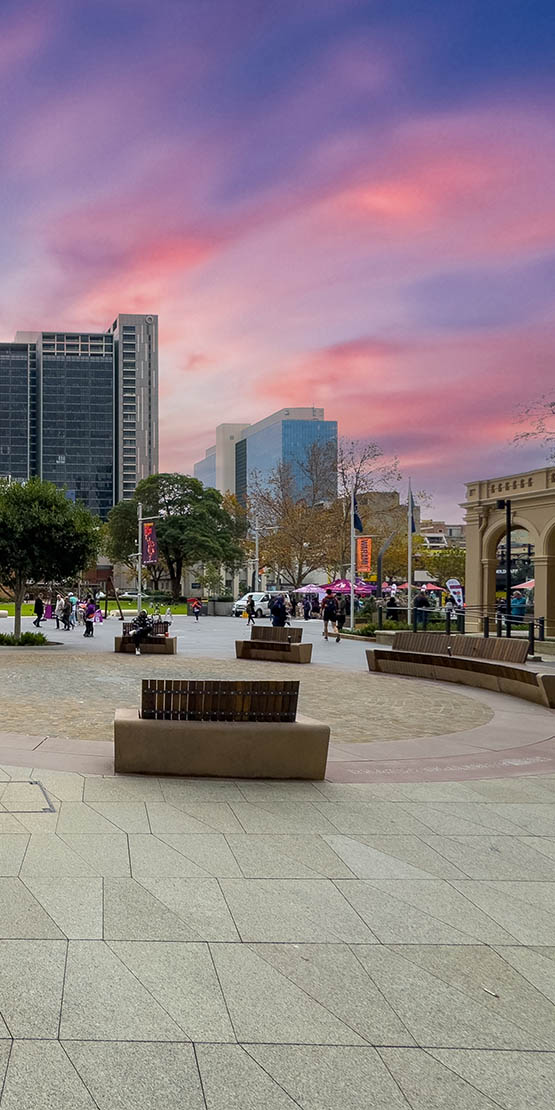This month, Sydney’s property market reflected a complex mix of long-term growth momentum, short-term affordability pressures, and increasing demand across both metro and regional areas. Government policy, global economic shifts, and the Reserve Bank’s evolving interest rate strategy all contributed to changing buyer behaviour and renewed urgency in addressing housing shortages. The following ten articles reveal the key themes shaping the market in May 2025.
Sydney’s Decade of Growth Dwarfs Recent Price Dip
https://www.domain.com.au/news/how-far-property-prices-soared-in-a-decade-and-what-happened-next-1379958/
While Sydney home values have recently fallen 1.1 per cent from their latest peak, this minor decline is overshadowed by the city’s dramatic 61.6 per cent rise over the past decade, according to Cotality’s April Home Value Index. The broader national trend reveals that long-term capital growth remains robust across most capitals, with Brisbane and Adelaide nearly doubling in value. Cotality’s Eliza Owen attributes this to constrained housing supply, historically low interest rates, and a stronger jobs market. In contrast, cities like Melbourne have delivered more new housing, softening price growth. Rising rates since 2022 have dampened borrowing capacity, although not severely eroding values. ANZ economist Madeline Dunk highlighted that population growth outpacing housing supply continues to fuel prices, particularly in cities with lower stock levels. Both experts believe it is unlikely Australia will see a repeat of the past decade’s growth, especially given rising affordability concerns and political will to moderate price inflation.



